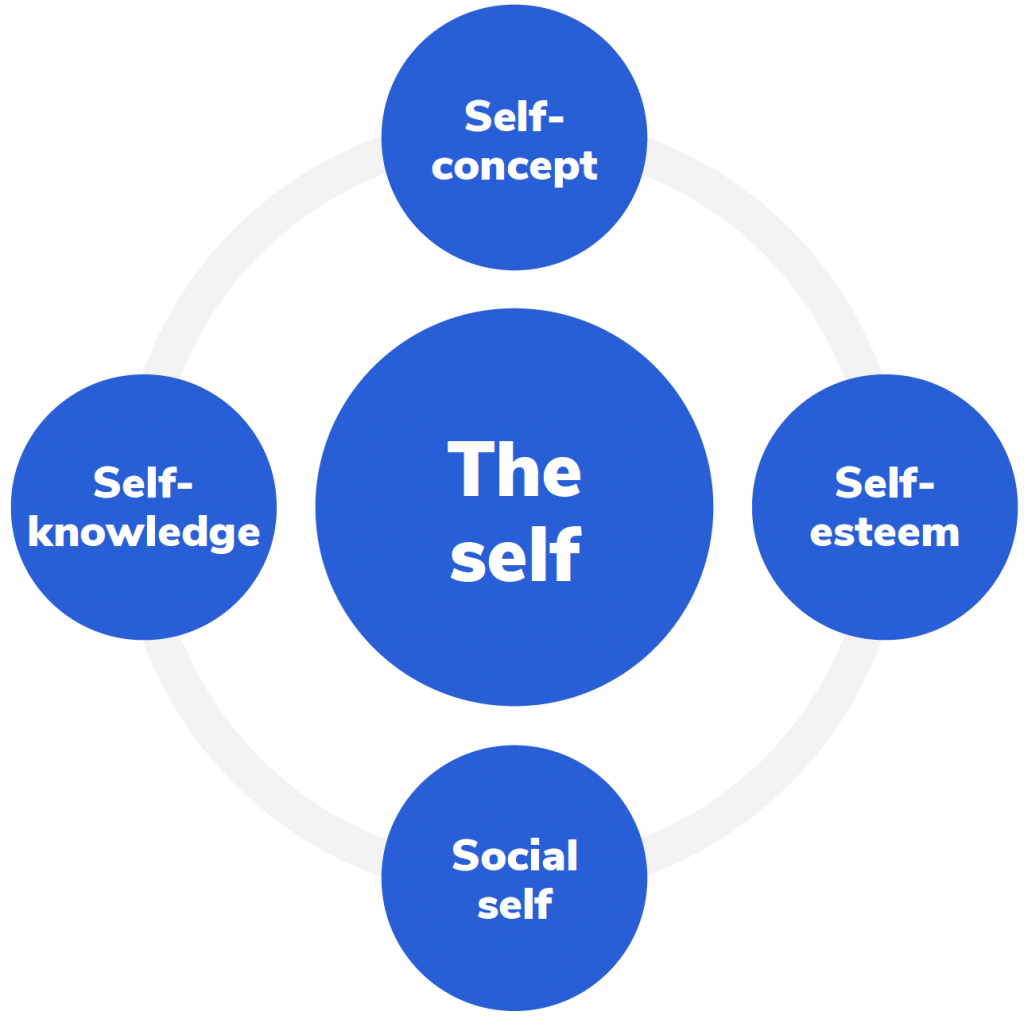In general, life experiences, along with a person’s own reasoning and thoughts, provide the basis for an individual’s clear sense of who they are, which is what psychological science calls “identity” (Tajfel & Turner, 2004).
One’s identity or “self” refers to a mix of beliefs, convictions and personal values that people might verbally express when they ask, “how would you describe yourself?”. In this verbal exchange, people may begin by giving their age, height and weight (the so-called “physical” identity), and then continue with information about their significant others, such as family members or best friends (the so-called “social” identity). Finally, they may offer more intimate statements and convictions about their most inner thoughts regarding their beliefs, fears and aspirations. This is what is referred to as “personal identity”.
If you want to find out more about yourself and your overall intercultural competences, you can take our our Intercultural Sensitivity Quiz. This will provide you with a score related to your overall Intercultural Sensitivity across five distinct areas, and provide advice on how to improve.
These identities are distinct and yet closely related in people’s minds. They may influence each other, as they all represent aspects and facets of the same person and his or her “uniqueness”. In adulthood, people’s identities are typically well developed and guide pan individual’s beliefs and views about others, and the world in general. In other words, people use their identities as a sort of personal psychology guiding them through their life experiences and giving them a sense of control (Hogg & Williams, 2000; Turner & Oakes, 1986).
A possible way to summarise this process of developing one’s identity is represented in the following figure, in which the “self” or identity can be viewed as a dynamic set of relations between one’s self-concept, the social self, the knowledge one holds about oneself, and one’s overall self-esteem (Morin, 2011).
